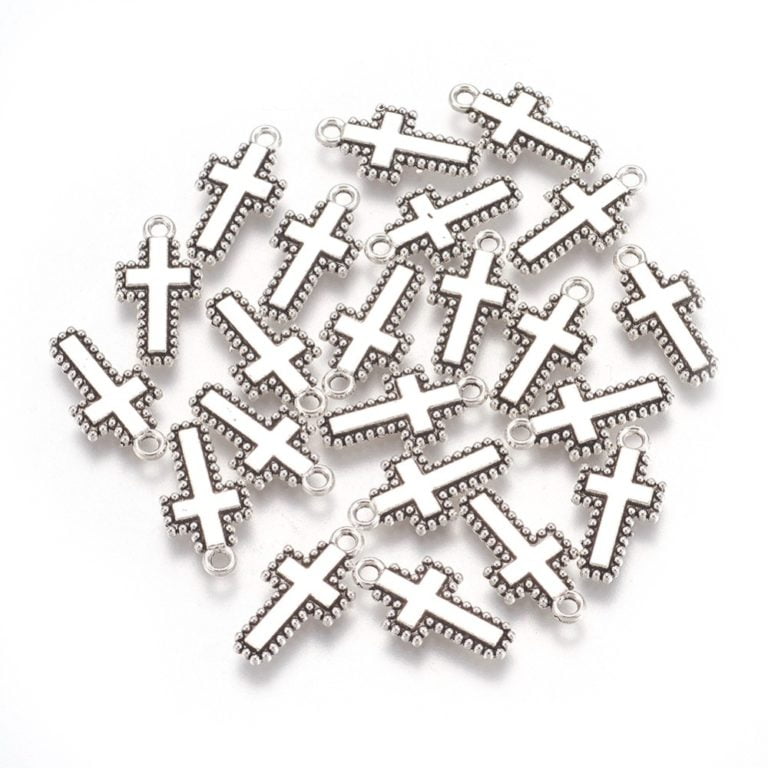

- #BEADS NEW WAVEPLAYER HOW TO#
- #BEADS NEW WAVEPLAYER INSTALL#
- #BEADS NEW WAVEPLAYER SERIAL#
- #BEADS NEW WAVEPLAYER CODE#
- #BEADS NEW WAVEPLAYER DOWNLOAD#
Then I gave it the prompt "an impressionist painting of california". I drew an image with a sky, a mountain, a river, and a fence. In this post, I'm going to show you my first experiments with Make-a-Scene, and you can see how it compares to the other image generation tools.Īs a lover of California landscapes, and a collector of the painters known as the California Impressionists, I had to start by trying to generate some California landscapes. Make-a-Scene isn't yet open to the public, but as a Meta employee, I was able to get my hands on it early.
#BEADS NEW WAVEPLAYER HOW TO#
A person can sketch out a rough scene as input, then use text to tell Make-a-Scene how to fill it in. It's a more collaborative tool than some of the other image generators made by other companies. Their new tool is called Make-a-Scene and it takes both an image and a line of text as prompts. Last week Meta announced their entry into the field of artifical intelligence image generation. Here are my first images created using this method and the given prompt. To change the prompt, simply alter the string that is fed into 'model.text_to_image' on line 8. Images = model.text_to_image("california impressionist landscape showing distant mountains", batch_size=1) Model = keras_cv.models.StableDiffusion(img_width=512, img_height=512)
#BEADS NEW WAVEPLAYER CODE#
Save the following code into a file called whatever you want.
#BEADS NEW WAVEPLAYER INSTALL#
Pip install keras-cv tensorflow tensorflow_datasets matplotlib Use the following command to install all needed dependencies. I had to manually install a few dependencies. Name "LongPathsEnabled" -Value 1 -PropertyType DWORD -Force New-ItemProperty -Path "HKLM:\SYSTEM\CurrentControlSet\Control\FileSystem" ` I think the easiest is to run PowerShell as administrator, then run the following command:

You can install pip by downloading the installation script at. Otherwise, type 'python' again to trigger the Windows Store installation process. If you already have python, then you can skip this step. First, check if python is installed using the following command: We only need to make a few modifications to that tutorial to get everything to work on Windows. I started with that tutorial because it is relatively system agnostic, and because it uses optimizations that will help on my low powered Windows machine. This tutorial is based on the stable diffusion tutorial from keras.io. How to set up stable diffusion on Windows If ( myPort.In this post, I'm going to show you how you can generate images using the stable diffusion model on a Windows computer. we use the Glide object because it smooths the input. MyPort = new Serial(this, portName, 9600)
#BEADS NEW WAVEPLAYER SERIAL#
Serial myPort // Create object from Serial class I think I need to adjust the multipliers of the values in order to perceive the differences of sound in a more clear way. To do that I use the serialRead example in Processing library, but I wouldn’t have been able put the pieces together to work without the help of Cagri. For my program I will need to change the input from the mouse to the serial port and obtain the value of the light sensor. This program changes the output sound depending on the position (x,y) of the mouse. I make all of the tutorial examples and I use Lesson 10 Interaction program as the base for mine.
#BEADS NEW WAVEPLAYER DOWNLOAD#
By looking at last year’s work I find Matt Keeter multi touch synth wich I find beautiful, so I decide to try and transform the light data into sound.įor that I visit The Beads Project site and download their library. But then I try processing and I start to think of different possible interfaces. My first idea is to start by animating the eyes of a face in scratch to open or close them depending on the amount of light. I want to make an interface for the light sensor board. Links to the different platforms can be found in the class home. I also keep trying to understand C in a deeper way. I download and play around with Python, Arduino, Processing, Scratch.

For this week assignment: write an application that interfaces with an input&/or outputdevice I start by taking a look at the different programming methods and tools that are available.


 0 kommentar(er)
0 kommentar(er)
